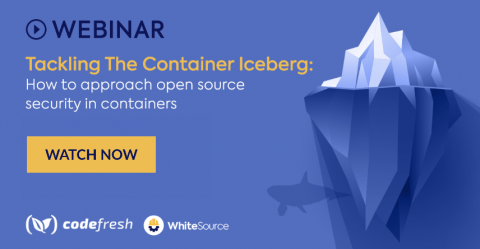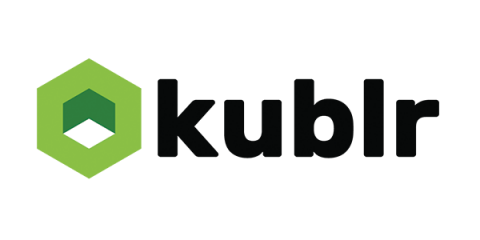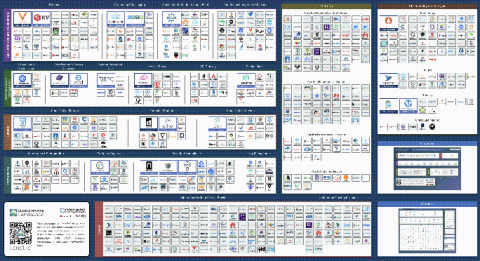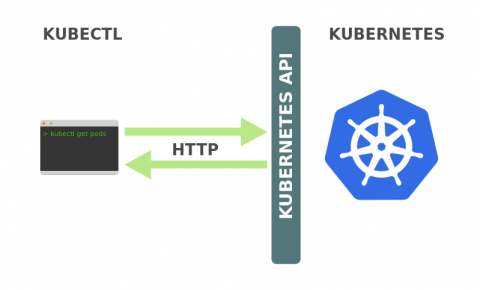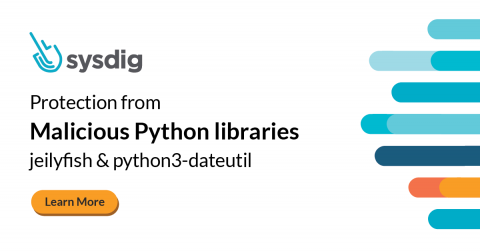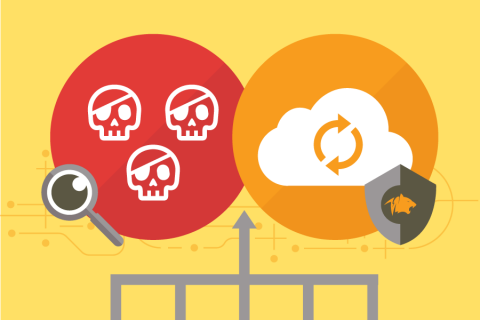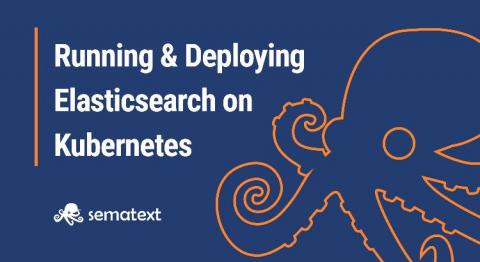Integrating Open Source Management Into Your CI/CD Pipeline with WhiteSource
Open source components have become a basic building block in today’s software development process. It’s no surprise that 60%-80% of the codebase in 92% of modern applications is open source — they provide us with tried-and-true code that allows us to save time and focus on creating the secret sauce that will make our products the next great tech innovation.


